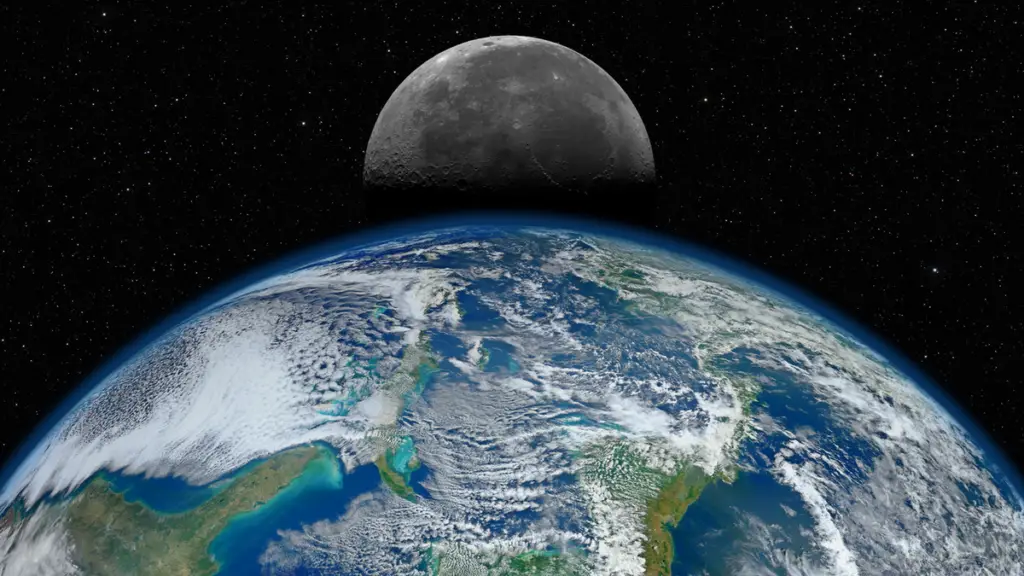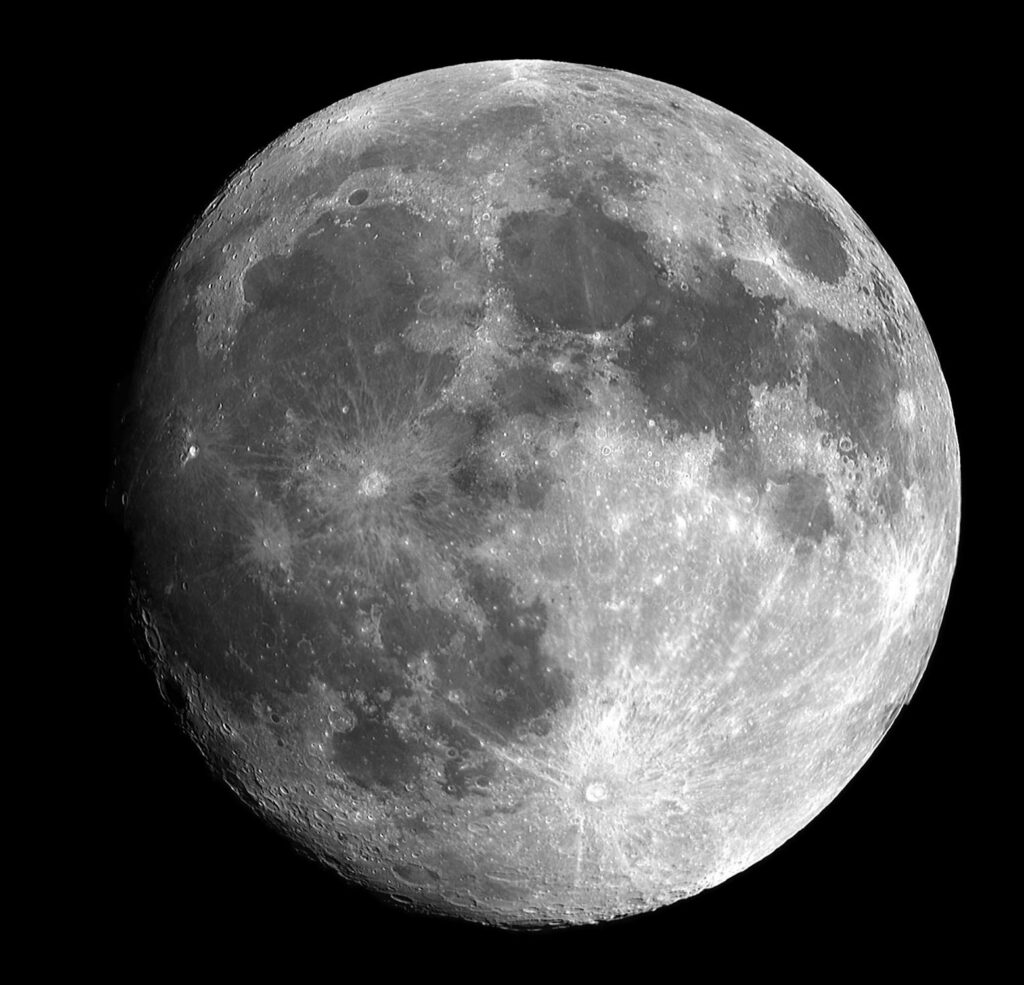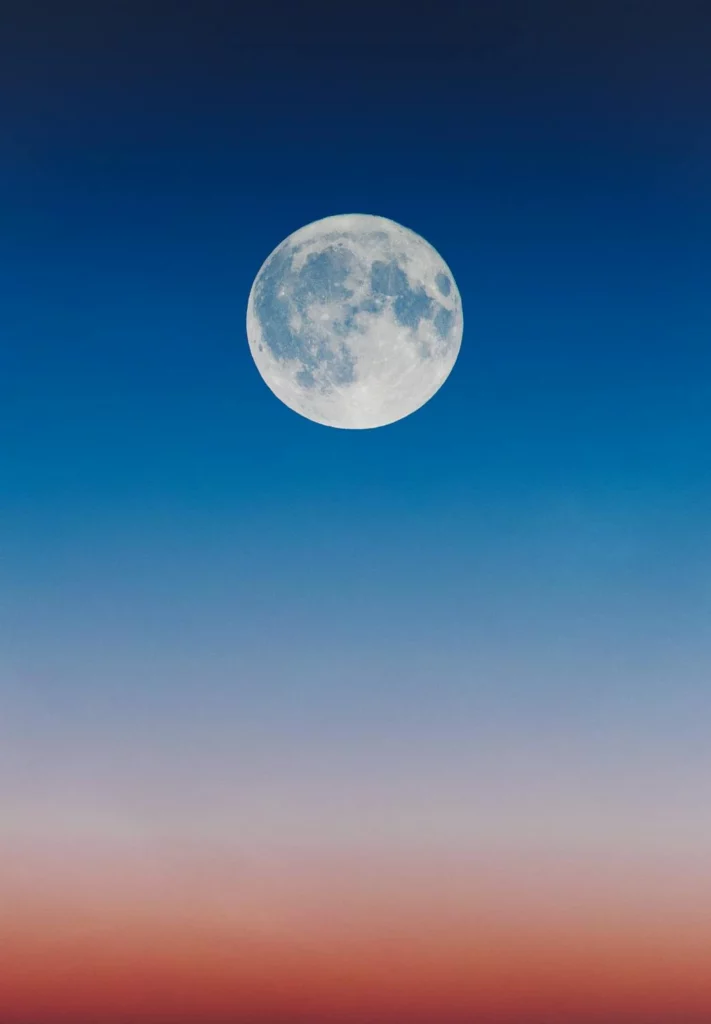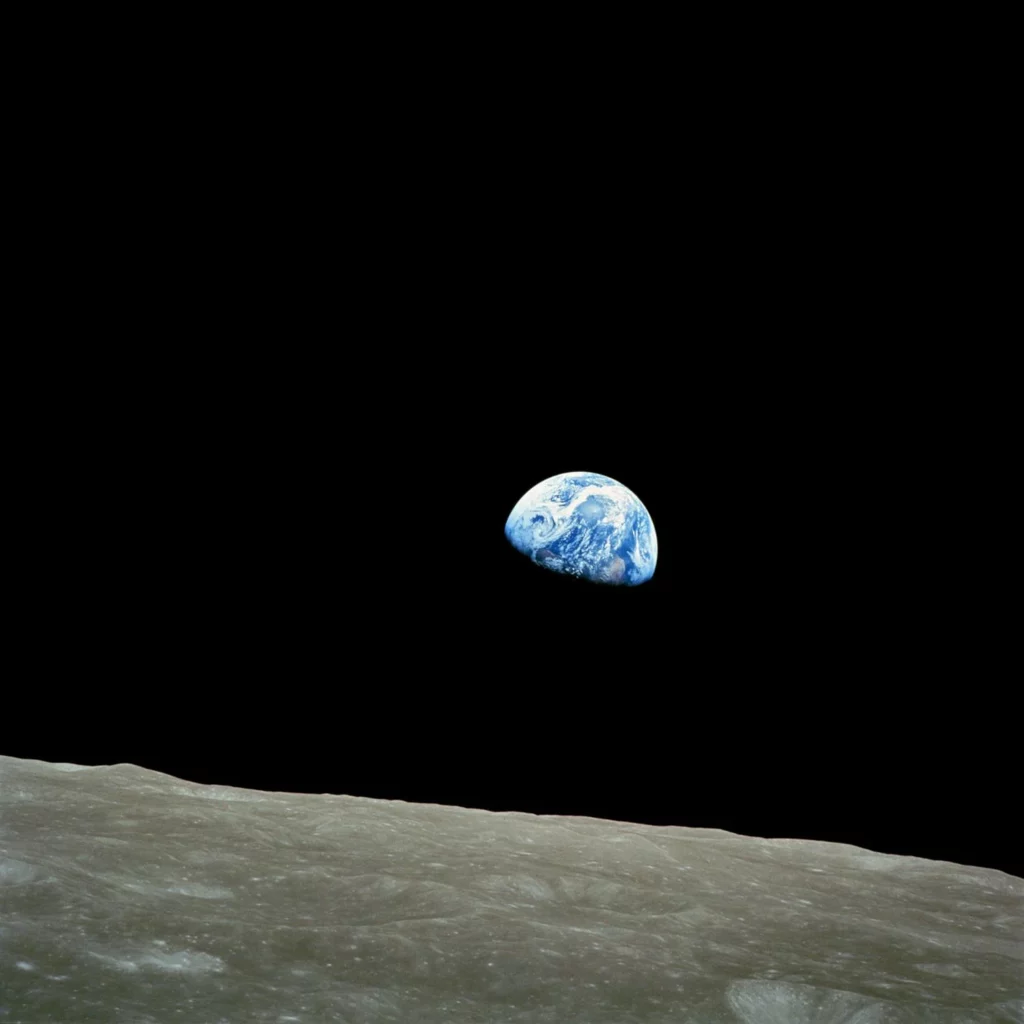When the night falls, we get to see the Moon clearly, our planet’s natural satellite.
The Moon isn’t a source of light but reflects but reflects it from the son, acting like a mirror. What’s more important is that this beautiful satellite impacts the life on Earth.
Now, scientists discovered that the Moon is slowly inching away from Earth, around 1.5 inches or 3.82 centimeters a year, and it causes certain changes.
While the Earth’s gravity keeps the Moon in orbit, its own gravity pulls on our oceans, creating tides.

As Earth spins, it drags the ocean’s bulge slightly ahead of the Moon. That bulge pulls on the Moon, pushing it outward into a higher orbit. But the farther the Moon moves, the slower it travels.
Stephen Meyers, a professor of Geoscience at the University of Wisconsin-Madison, explains this phenomenon. “As the moon moves away, the Earth is like a spinning figure skater who slows down as they stretch their arms out,” he says.
1.4 billion years ago, when the Moon was at a closer proximity to Earth, a day on our planet lasted for around 18 hours.
Now, as the Moon inches away, it would again affect the duration of the days. However, these changes won’t happen right away.
In fact, at this point, the days on Earth are getting longer by about 1.7 milliseconds every 100 years.
Scientists calculate this thanks to the mirrors placed on the Moon through the Apollo mission.
“While 3.78cm may not seem like much, this small difference over a long enough period of time could affect life on Earth, making the planet slow down,” space scientist Dr Maggie Aderin-Pocock told the BBC.
“On early Earth, when the Moon was newly formed, days were five hours long, but with the Moon’s braking effect operating on the Earth for the last 4.5bn years, days have slowed down to the 24 hours that we are familiar with now, and they will continue to slow down in the future.”
She explained how this is calculated, saying, “By looking at the daily growth bands of corals we can calculate the numbers of days that occurred per year in past periods, and from this we can see that days are getting longer, at a rate of 19 hours every 4.5bn years.
“The length of a day, or in other words the rotation speed of the planet, plays a big part in its stability.”
Dr Aderin-Pocock compared it to “a plate spinning on a stick,” and that the “key is to have the plate spinning fast, as if it slows down it crashes to the floor.”
She warned: “In a similar way, as the Earth’s rotation slows down, our whole planet may start to slowly wobble and this will have a devastating effect on our seasons.”
Scientists note that these changes can affect the animals the most because most of them are not adaptable thus “most animals would not be able to evolve quickly enough to hibernate or migrate out of harm’s way.”
Please SHARE this article with your family and friends on Facebook.
Bored Daddy
Love and Peace



